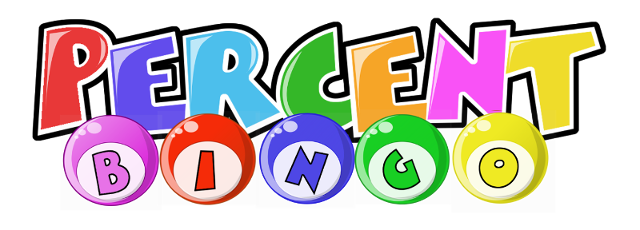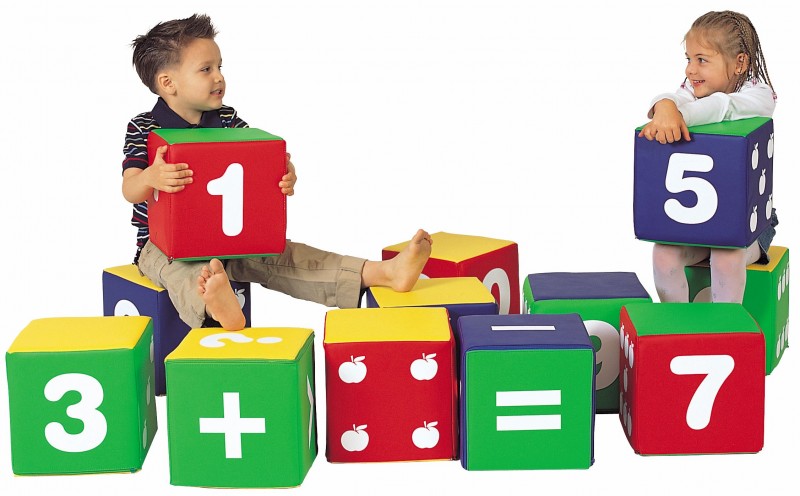In the last post, I introduced Percent Bingo, a favorite of my former students… So, in this post I wanted to go over more of the mechanics of playing the game quickly and efficiently.
Setup and preparation again is the key. Students kept their Percent Bingo sheet in their “Class Folder”, and the class setup was very similar to how I did my Friday Mad Minute:
- Class Folders passed out before class began
- Percent Bingo as first item on the Agenda
- Counting tokens used as markers on desks/tables
Students were trained so that when they came into the room they knew to look at the board. When they got to their seats, their folder was on their desk (or on the way) and they could get out their Percent Bingo Sheet and tokens/markers. Before class began the students are ready to play!
Now, the first few times the student play the game, use the time for review/teaching moments:
- Review/remind that decimals are converted to percents by multiplying by 100, that is, moving the decimal two places to the right; it doesn’t matter if the decimal is 0.5, 0.05, or 5.
- Review that fractions can be converted by getting the denominator to 100– (In the Percent Bingo case, all the percents are divisible by 5, so you can always multiply the denominator by a number to get 100). It also doesn’t matter if the fraction is ½ or 3/2, the process is the same.
- Review that some of the fractions could be simplified. For example, 15/30 can be reduced to ½ first.
- Review that mixed numbers can be converted to improper fractions first, or even better, thought as 100 % + fractional part (1 ½ = 100% + 50% = 150%).
I also reviewed as I called out the number; I did not have 10 minutes of ‘re-teaching’ and then playing the game…For example, I would call out “0.3… can anyone tell the rest of the class how to convert that to a decimal?”… or, “3/10… who knows what do with this one?”
The best part is that after only two or three times that you play the game, you will not need to review at all, and students will have started committing common fractions (3/5, 4/5, 16/20, etc.) into long term memory.
Download the Percent Bingo Board and Teacher Resources.
Most importantly, Have fun with them, and they will have fun playing the game!
Enjoy playing percent bingo! Your kids will love to play


